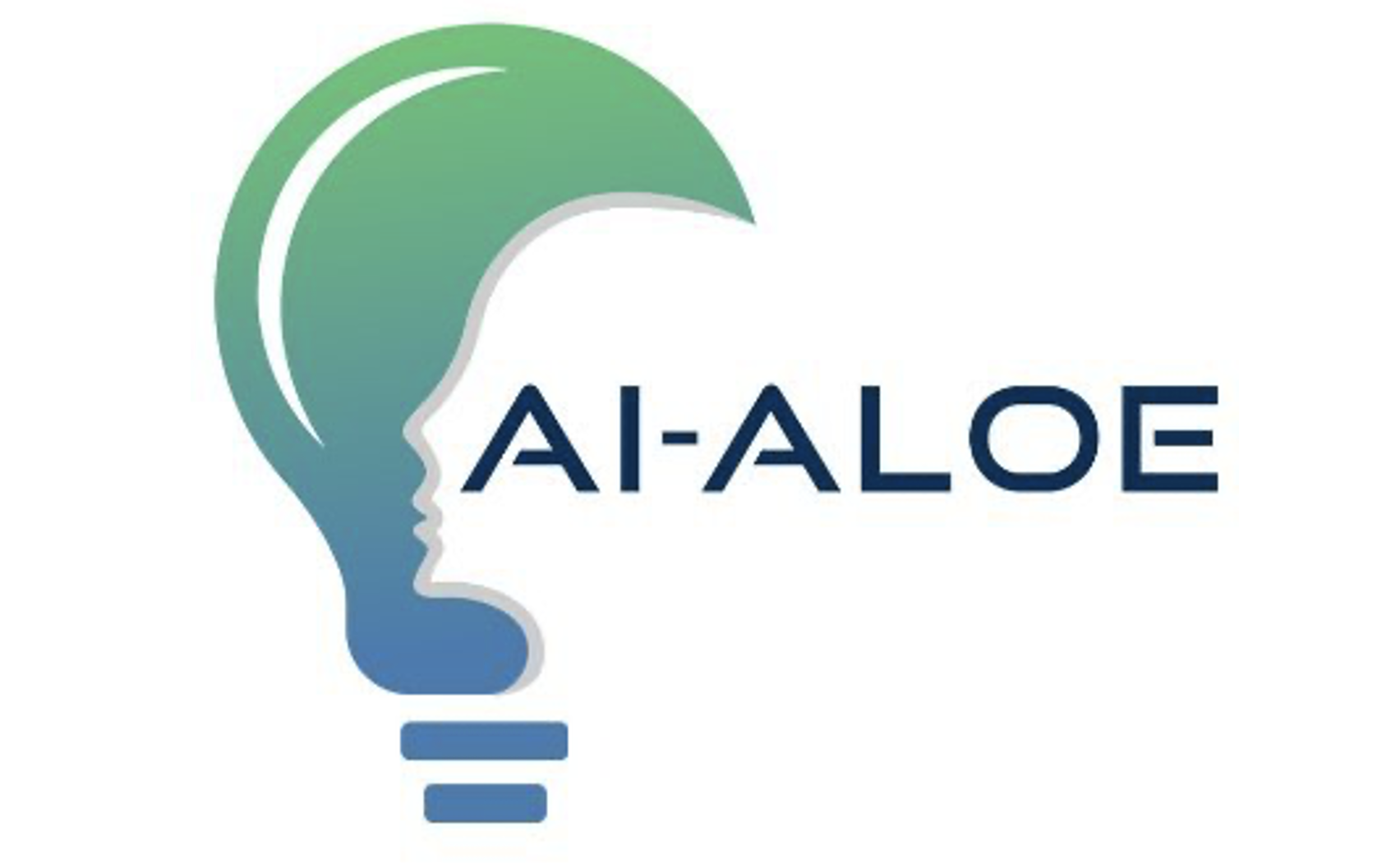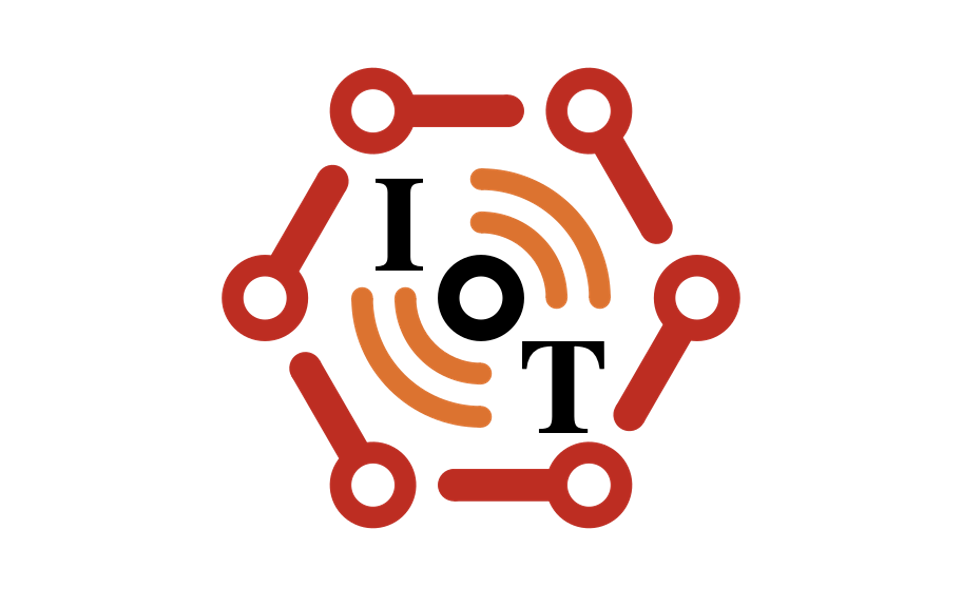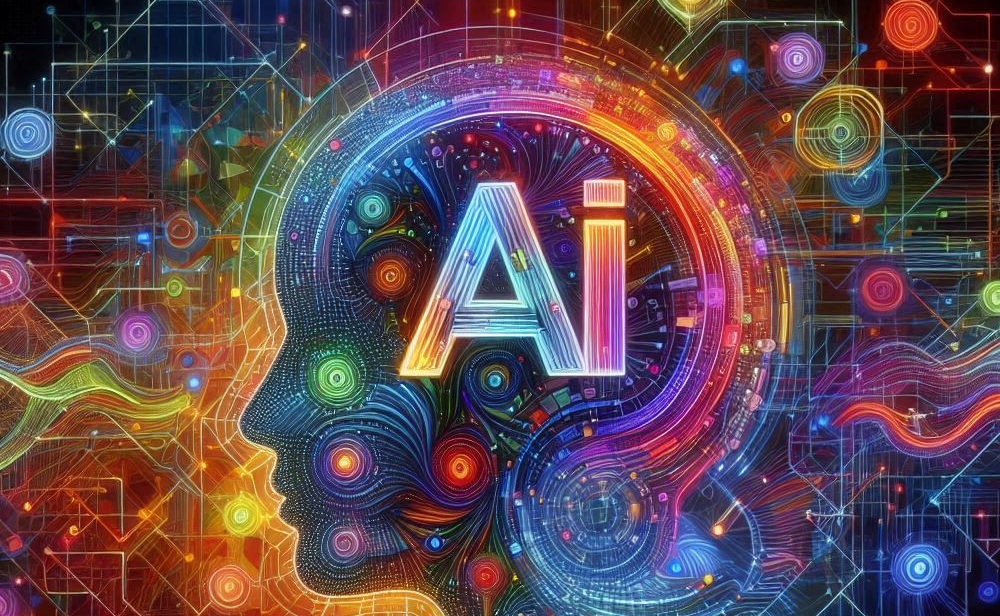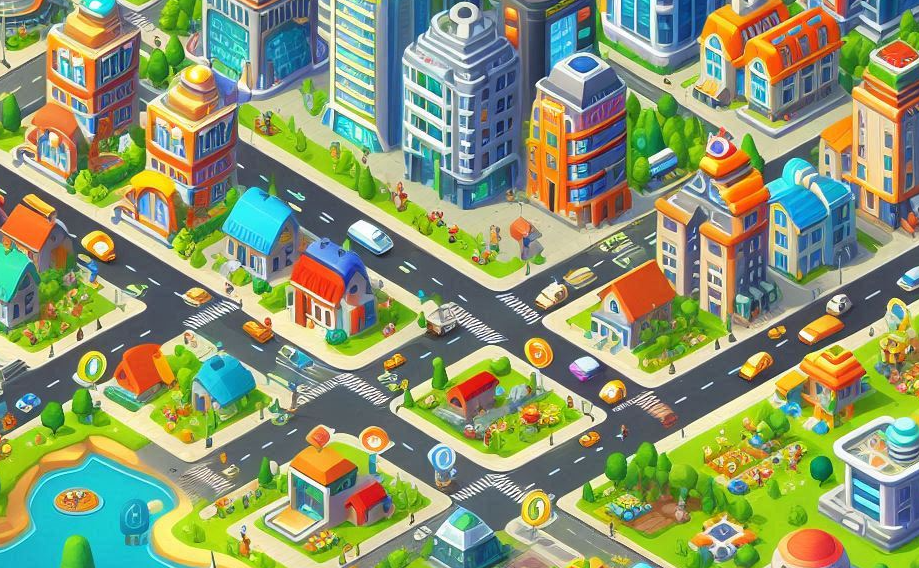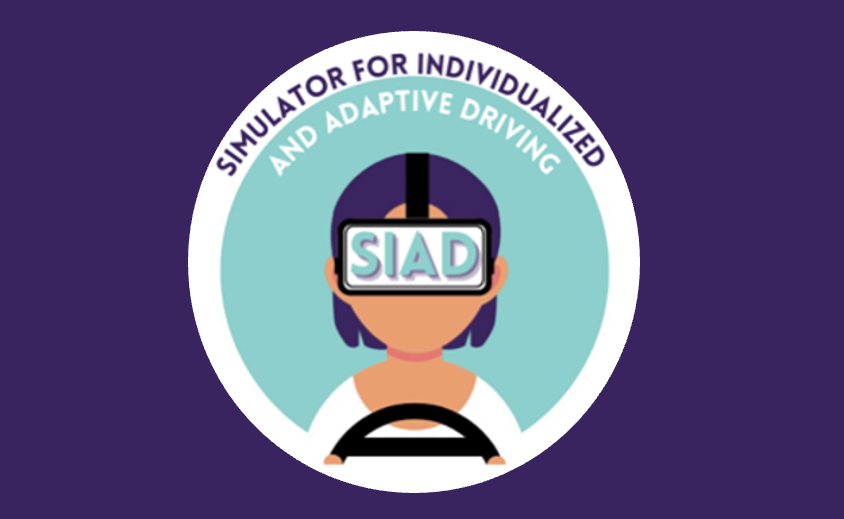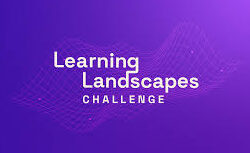Author
AI-ALOE
Jul. 18, 2024—The National AI Institute for Adult Learning and Online Education (AI-ALOE) is a research institute funded by the National Science Foundation (NSF) and Accenture through NSF. Led by the Georgia Institute of Technology, AI-ALOE will develop an AI-based transformative model for online adult learning. This model simultaneously uses AI for transforming online adult learning and...
PhoneIoT
Jul. 17, 2024—PhoneIoT is a free mobile app for iOS and Android that allows you to connect your device to NetsBlox and access its sensors and display from your NetsBlox projects. This enables students to create things like tilting controls for a game (accelerometer), tracking your device’s position on a map (location), or creating an orientation-aware system...
NetsBlox
Jul. 17, 2024—NetsBlox is a visual programming language and cloud-based environment that enables novice programmers to create networked programs such as multi-player games. NetsBlox opens up the internet with its vast array of public domain data sources and services making it possible to create STEM projects, such as displaying seismic activity anywhere on Earth using an interactive...
City Settlers
Jul. 16, 2024—City Settlers is a multiplayer city management game/simulation intended to convey complex ideas embedded in enacted social play configurations and moves around sustainable development. Additionally, we are currently extending it through multimodal data platforms for supporting rich real time teacher and learner orchestration tools, as well as pathways to support cross domain learning connecting city...
SportSense
Jul. 16, 2024—SportSense is aimed at introducing physical computing, data science and AI concepts in sports contexts. Spanning partnerships with schools and out-of-school community spaces like public parks, sports camps, and STEM summer programs, we developed tools and curricula for youth to engage with sports through a computing lens, and learn to critique as well as invent...
Examining Multimodal Composing Processes with Generative AI
Jul. 16, 2024—The question of how generative Artificial Intelligence (AI) will reshape communication is causing questions and concerns across the field of education, particular literacy and writing classrooms. This work builds upon this developing field by exploring how preservice teachers in literacy education courses multimodally compose with generative AI and their perspectives on the use of AI...
Driving simulation for typical and neurotypical populations
Jul. 16, 2024—In this project, we are developing driving simulation scenarios that can be used to help train new drivers with Autism. These scenarios create a range of settings where consideration of other drivers beliefs and actions are increasingly necessary. We are testing the degree to which these scenarios are associated with particular difficulty for a range...
MOMENTS: Using rich analytics and AI to support reflection and learning during simulation training.
Jul. 16, 2024—One of the best ways of helping students learn is to have them experience realistic simulations of the situations they will confront in practice. Simulation learning is particularly important in medical settings where students can practice skills without risking patient safety. However, one of the consistent challenges in simulation learning is to ensure that students...
LIVE-MNPS Partnership Phase 1 Winner in Learning Landscape Challenge
Jul. 14, 2024—LIVE, the Learning Innovation Incubator at Vanderbilt University, and Metro Nashville Public Schools (MNPS) have been selected as Phase 1 winners in the Learning Landscapes Challenge. Their project, supported by the Siegel Family Endowment and the Walton Family Foundation, focuses on improving college and career advising by integrating AI technology with personalized guidance. This initiative,...
